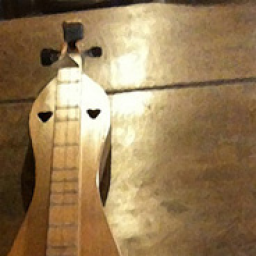Best Practices for Practice
Playing and jamming difficulties...HELP ME!
Homer, you seem to be asking a couple of different questions.
One is just how to maintain your repertoire. Ken has one strategy that works if you have a good memory of the songs and just need a reminder of the beginning to get going. I keep an active "set list" of no more than a dozen tunes that I play regularly. The set list is constantly changing but represents the tunes I enjoy playing the most at any given time. And I try to keep up on those, allowing others to get rusty.
But maintaining a repertoire is not the same as practicing in order to improve. Personally, I enjoy playing scales and arpeggios and spend some time with both as often as possible. When you practice a song, you get better at that song. But when you work on technique, you get better at every song you play. There are also some songs I play as exercises with no intention of actually performing them. I used Pig Ankle Rag like that for years, forcing myself to use my pinky as often as possible to strengthen that finger. I also use a metronome for songs like that and when doing those scales and arpeggios.
But I also spend time just playing the songs I am working on, focusing on the problem areas. I just wrote a song recently that I really like, but there is a two-measure sequence of all eighth notes that moves over several frets and two strings, and I sometimes just play those two measures over and over.
Importantly, I end every practice session playing a song I enjoy and can play well. So the emotion I leave with is one of contentment with my playing rather than the frustration that accompanies learning new stuff. And I always make a point to take some time to just to play, without any interest in the metronome or the occasional buzz from inaccurate fretting, or whatever. You have to have fun, after all. As Steve Eulberg says, we call it "playing music," not "working music."





 Each of us is different, of course. I don't practice, per se. I play. Noter & Drone. By ear, not tab or SMN. Sometimes a lot, sometimes a little.
Each of us is different, of course. I don't practice, per se. I play. Noter & Drone. By ear, not tab or SMN. Sometimes a lot, sometimes a little.





